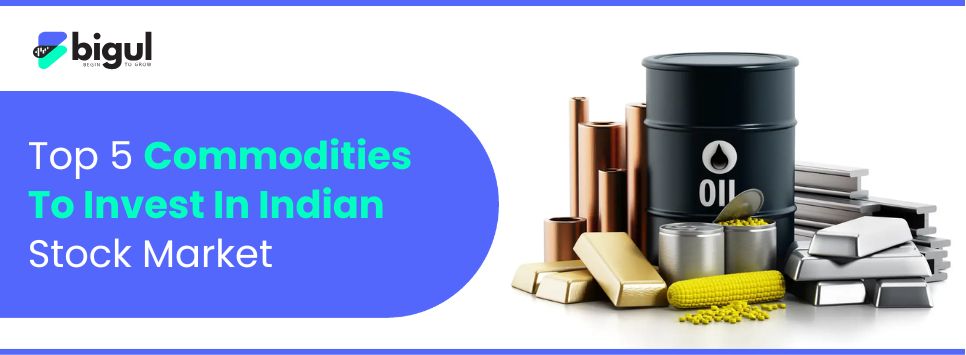India’s commodity market is no longer the exclusive preserve of large industrial buyers or institutional funds. Supported by electronic, tighter regulation and a surge in digital‐first brokerages, retail investors now enjoy near-instant access to bullion, base metals and energy derivatives.
This guide explores—in detail and with hard data—the five most liquid commodity segments in India’s stock market and shows you exactly how to invest, hedge and trade them profitably.
How to Invest in the Commodities Market in India?
Retail participation begins with opening a demat + trading account at a registered broker that offers direct routing to the appropriate exchanges for bullion, energy and base-metal contracts, as well as commodity ETFs. After verification, you receive a unique client code that lets you place orders via web, mobile or API. Clearing and settlement are handled centrally, using risk-based margining to ring-fence counterparty risk. Contracts are cash-settled in rupees, although they align with international commodity benchmarks.
You can invest through:
-
Exchange-traded futures (e.g., mini gold, crude oil mini, copper, natural gas) that trade on extended market hours, with small tick sizes and lot values starting relatively low for mini variants.
-
Physically-backed ETFs which track spot bullion prices net of expense ratios.
-
Bonds and electronic receipts for gold that carry sovereign backing and no storage risk.
-
Digital bullion platforms that allow small, regular SIPs in gold or silver, which is securely stored.
-
Options on futures contracts in copper or crude oil, offering limited-risk and lower margin entry points.
Margin requirements for most contracts range 4%–10% of notional, enabling efficient leverage but also magnifying mark-to-market swings. Beginners should start with mini lots, use bracket orders, and never allow mark-to-market losses to exceed 2% of trading capital per session. Silver trading, crude oil futures, copper futures, natural gas MCX quotes and investing in gold and silver all become straightforward once you combine real-time price feeds with an audited risk plan.
Let's understand the top 5 commodities to invest in the Indian stock market
Top 5 Commodities to Invest in the Indian Market
|
Commodity |
Contract Type |
Lot Size |
Latest Futures Price (₹) |
Primary Drivers |
Retail Liquidity Snapshot |
|
Gold |
Multiple Lot Sizes |
1 kg / 100 g / 8 g / 1 g |
— |
USD index, inflation, domestic reserves |
Highly liquid |
|
Silver |
Standard and Mini |
30 kg / 5 kg / 1 kg |
— |
Industrial demand, manufacturing uses, USD |
Very high |
|
Crude Oil |
Standard and Mini |
100 bbl / 10 bbl |
— |
Energy policy, global supply-demand, INR/USD |
Very high |
|
Copper |
Standard |
1 tonne |
— |
Industrial uses, infrastructure demand |
Sufficient |
|
Natural Gas |
Standard |
1,250 mmBtu |
— |
Weather, local energy transition |
Growing |
Gold: The Bedrock
Gold remains the bedrock of Indian portfolios, prized both as an ornament and as a strategic hedge. Multiple contract variants in gold lower the entry ticket for retail investors. Spreads between markets are affected by import duties and currency moves, so traders often look for arbitrage opportunities.
For hands-off investors, gold ETFs delivered strong returns recently. Investing in gold through ETFs eliminates purity, storage and liquidity risks, while sovereign gold bonds add a fixed coupon. Gold’s zero-default characteristic made it a top shelter during economic stress. Current macro forces include global central-bank policy, reserve accumulation, and geopolitical volatility. The price of gold silver spreads (gold-to-silver ratio) draws a global comparison for tactical allocation, but gold’s role as strategic insurance persists.
To execute, monitor gold price charts, target pullbacks near moving averages and allocate a proportion of assets for portfolio diversification. Remember: price of gold silver swings can be sudden; always use stop-loss orders and avoid over-leveraging.
Silver: The Shining Metal
Silver trading volume has exploded since the introduction of silver ETFs, with assets under management rising rapidly. Today investors can choose spot, mini or kilo silver contracts that allow for flexible settlement. Silver’s dual nature—50% industrial, 50% monetary—makes it more volatile than gold, yet the same property propels upside.
The cost of silver per kg has moved upward, reflecting ongoing demand. Green-energy demand alone could lift long-term price of pure silver.
For diversified exposure, invest in silver ETF units; these top silver ETF products track global prices and trade as low as one unit equaling a gram of silver. The best way to invest in silver tactically is via mini silver futures using break-outs on the silver trading price chart. Position sizing matters: mini silver futures value equals silver kg price today multiplied by the lot size, so keep notional exposure below a prudent percentage of your capital.
Mini silver futures liquidity has deepened, with the introduction of silver options adding hedging layers. Whether you buy silver brick price updates from retailers or track the commodity market silver price today, trade carefully
Crude Oil
Crude oil futures are the preferred playground for intraday traders, thanks to leverage, tight tick size and global market correlation. Both standard and mini contracts are available. Oil trading success relies on inventory data, global policy headlines, and local currency trends.
Crude oil options contracts on mini lots allow for defined-risk positioning at reasonable intervals. Retail speculators like crude oil futures for low initial margin entry, but mark-to-market swings can rapidly jeopardize accounts lacking adequate capital.
Trading crude oil options for spreads allows downside protection. Investors can ride medium-term oil trends by accumulating shares or ETFs aligned with the oil sector. Crude oil and natural gas prices may diverge, so treat their correlation as dynamic. Always align crude oil futures with related market instruments for effective currency risk management and monitor the oil futures chart for trend confirmation.
Copper
Copper serves as an industrial health barometer, often dubbed “Dr Copper.” Copper futures trade in large lots, and options on copper futures offer flexible risk management. Copper price live trends have reflected global inventory drawdown and rising local demand, especially from electrification projects and infrastructure expansion. Analysts foresee strong upside in copper if supply lags demand.
For retail investors, copper futures investing offers direct exposure to the electrification cycle without the risk factors associated with individual copper companies’ stock performances. Portfolio allocation models suggest a modest exposure to copper, with options hedging during periods of economic slowdown.
Use the copper chart live to spot continuation patterns and manage trades with prudent stop-loss trailing. Intraday traders may prefer copper mini contracts for greater liquidity and easy exit. Copper commodity price sensitivity to currency is moderate, but keep an eye on economic indicators for global demand cues. Diversifying with other industrial metals can hedge industry-specific risk, but copper share market performance remains strong given the infrastructure boom.
Natural Gas
Natural gas futures have been adopted by more retail traders, especially during periods of seasonal volatility. Contract sizes are manageable and typical margin requirements favor swing trading. Sharp, news-driven price movements are common in natural gas price live charts, such as huge movements in natural gas prices due to unforeseen changes in the weather conditions. Planned policy in the long-term implies the increased share of gas in the national energy provision with large investments into the development of pipelines, liquefied gas terminals and the granting of licenses to the distribution of gas to urban areas.
Recent infrastructure expansion has supported the invest-in-natural-gas theme. Investor choices now include not only futures, but also company shares in the downstream sector and global ETFs tracking natural gas. Yet natural gas futures live can be extremely volatile, so successful trading hinges on a combination of data such as storage reports, weather models and rig-count news.
Seasonal patterns matter; for example, large inventory draws often lead to significant price moves. Calendar spreads can reduce risk from price decay. Natural gas commodity prices also reflect utilization rates at critical terminals. Proxies in the natural gas stock market often move with a lag, so consider pair trades when hedging. Trends such as hydrogen blending and the distribution of compressed natural gas will further fuel demand.
How to Trade in the Commodity Market for Profitability?
Profitability in commodities starts with matching the right instrument with strategic thinking. Various short-term swing traders exploit the seasonality of this market. For example, silver futures live price peaks around major festivals while copper rallies after seasonal restock. The crude oil price surges during periods of heavy global demand. Use a systematic framework:
-
Setup selection: Align longer-term trend with current momentum. Enter only when both support your projected move.
-
Regime filters: Monitor currency trends as a depreciating rupee typically boosts rupee-denominated commodity prices.
-
Risk control: Cap trade exposure and use options where possible. Combine positions, such as selling calls against long futures, for enhanced returns.
-
Instrument mix: Pair trades across commodities and use options to hedge, such as balancing silver trading today with gold or combining crude oil positions with oil options.
-
Data edge: Subscribe to real-time feeds for fast price discovery and base decisions on timely, data-driven models.
-
Discipline: Predefine exit levels, avoid adding to losing trades, and maintain a detailed trading journal. Consistently review keyword triggers to stay attuned to market drivers.
A profitable commodity portfolio generally spreads assets across bullion, energy, base metals, and cash; rebalance at regular intervals using objective metrics. Accumulate positions in best silver ETF and top silver ETF names through systematic plans. Automate alerts when key price levels are breached. Always monitor risk by resizing positions when volatility rises.
Conclusion
Commodities offer Indian retail investors a powerful toolkit for inflation protection, tactical trading and portfolio diversification. Gold underpins portfolio stability; silver provides leveraged upside to technology and manufacturing trends; crude oil futures translate policy into actionable trades; copper taps growth in infrastructure; and natural gas underlies the nation’s energy evolution.
Success in commodities depends on knowing contract details, applying disciplined risk management, and continuously refining timing with new data. Regardless of whether you pursue ETF silver price accumulation, intraday oil scalping, or strategic copper investment, always heed liquidity, margin, and macro forces.
Embrace real-time analytics in silver trading, crude oil options, natural gas futures, and copper price now screens to stay ahead in India’s fast-moving markets. The future’s innovation, energy and construction will be defined by these materials—build your investing strategy on their enduring value.
FAQ
Q1: What is the minimum capital required to start silver trading on MCX?
A: A 1 kg silver future requires roughly 6% initial margin—about ₹7,000 at today’s silver commodity market price. Mini lots need proportionally more, so many choose silver ETF units, which are affordable and easy to trade.
Q2: Is it better to buy physical gold or Gold ETFs?
A: Gold ETFs track highly pure bullion, carry low expense ratios, and avoid issues with storage or making charges. Physical gold remains attractive culturally and can serve as collateral, but as an investment, ETFs usually offer greater flexibility and transparency.
Q3: How volatile are crude oil futures compared with natural gas?
A: Mini crude oil futures typically move about 2% daily; natural gas can see moves of 5% or more, especially near major data releases. Adapt your margin discipline to this volatility.
Q4: Can I hedge copper futures with equity positions?
A: Yes, shorting stocks with high copper exposure or using exchange-listed copper options helps manage risk. Diversified metal ETFs are another strategic hedge.
Q5: Are digital silver and invest-in-silver-online platforms regulated?
A: Major digital silver platforms use accredited vault partners and are subject to regulatory oversight, although they operate outside the pure exchange framework. Always verify their governance and client custody arrangements.

.jpg)
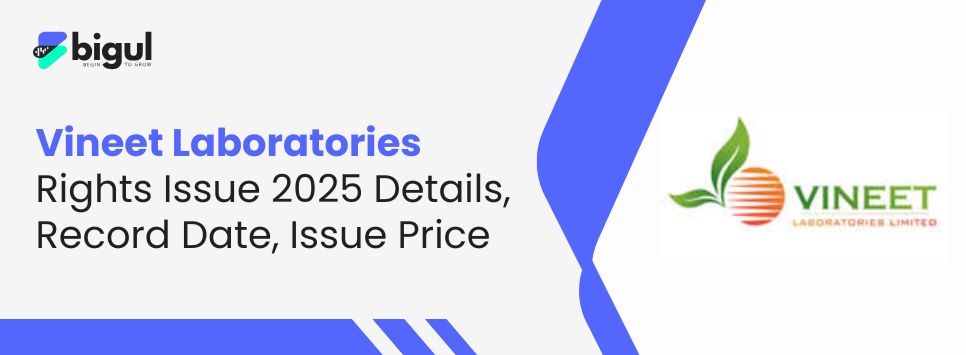
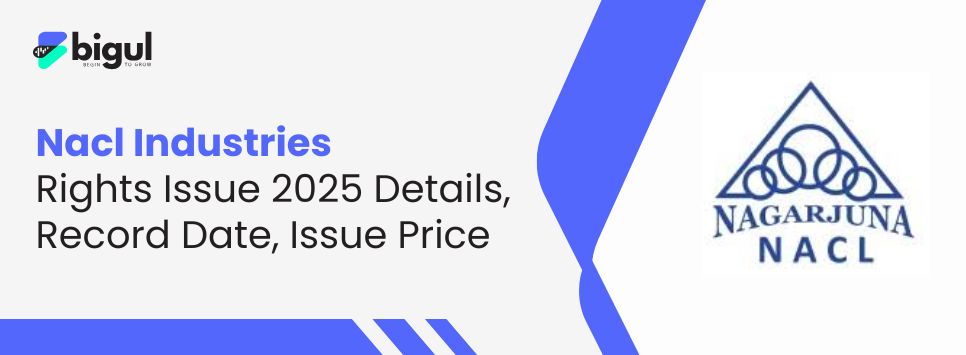
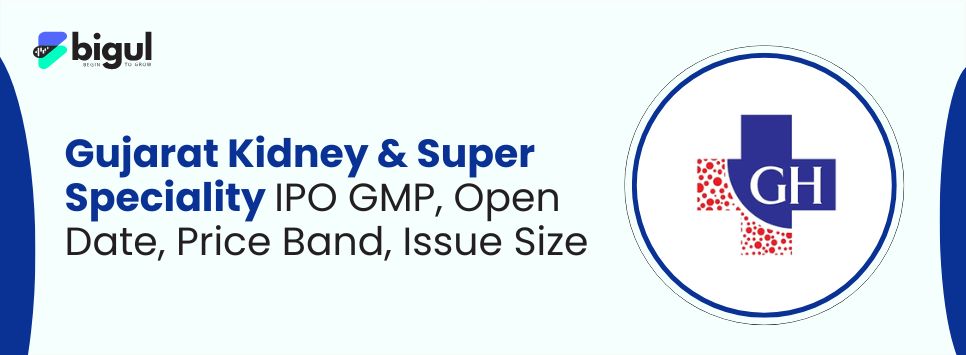
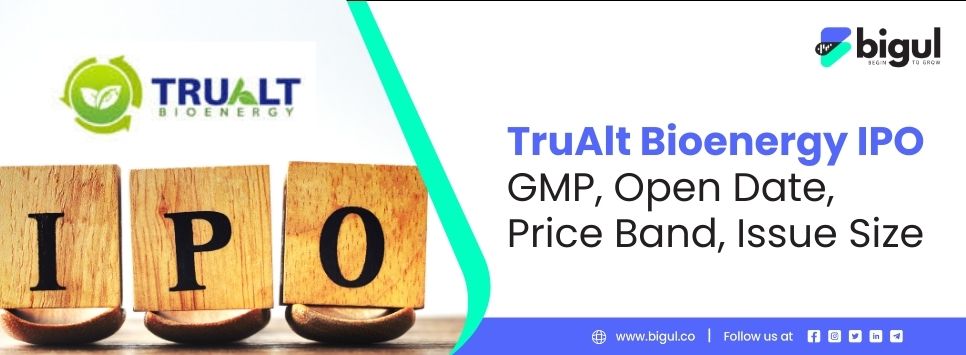
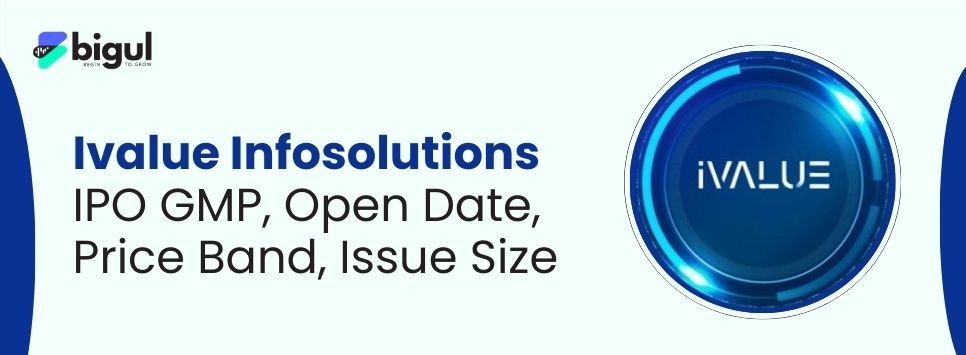
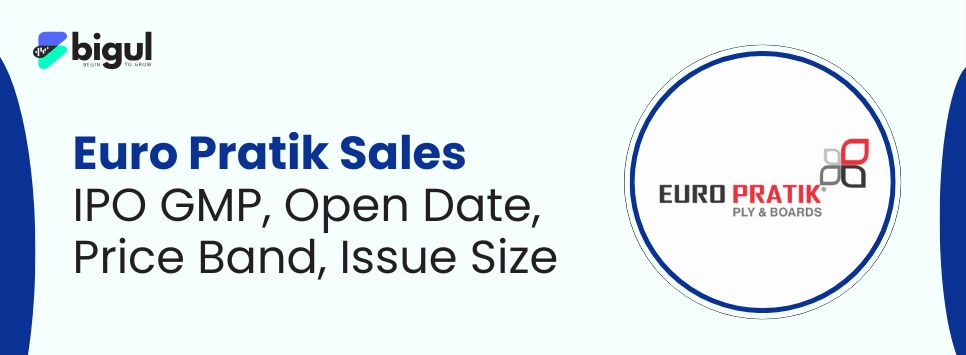
.jpg)
.jpg)
